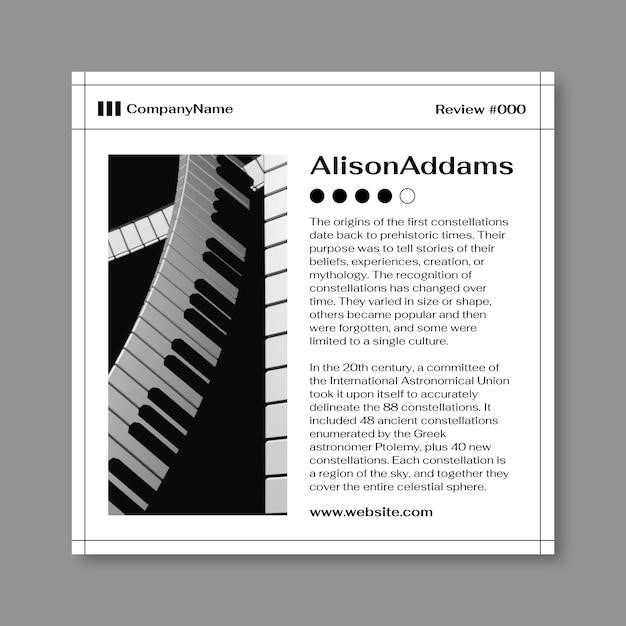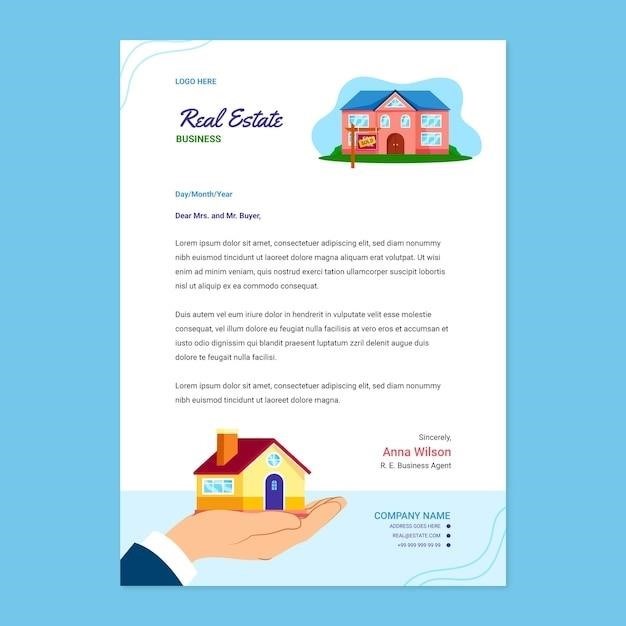AS 1684 PDF Free Download: A Comprehensive Guide
Looking for a comprehensive guide to timber framing?
AS 1684 provides vital requirements for residential construction.
Find free PDF downloads to understand design, materials, and building practices.
Ensure compliance with the National Construction Code using AS 1684.
Overview of AS 1684

AS 1684, the Australian Standard for Residential Timber-Framed Construction, is a critical document for anyone involved in building Class 1 and Class 10 structures. It provides detailed guidelines on building practices, material selection, and structural element placement. This standard ensures safety, durability, and compliance with the National Construction Code (NCC). AS 1684 isn’t just a single document; it’s a series of parts, each addressing specific aspects of timber framing, from design criteria to simplified methods for non-cyclonic areas.
Whether you’re a builder, designer, or homeowner, understanding AS 1684 is essential for successful timber framing projects. It outlines the necessary requirements for timber framing in Class 1, 2, and 3 buildings up to certain heights; Furthermore, it allows for alternative materials or methods, provided they meet the specified performance criteria.
AS 1684.4, for example, offers simplified procedures for lower wind classification areas. It’s crucial to use AS 1684 in conjunction with other relevant standards like the AS 1170 series and AS 1720.1. This holistic approach guarantees a robust and compliant timber-framed structure.
Purpose and Scope of AS 1684
The primary purpose of AS 1684 is to provide a uniform set of guidelines and requirements for the design and construction of timber-framed structures in Australia. Its scope encompasses Class 1 (houses) and Class 10 (garages, sheds) buildings, addressing both new constructions and alterations or additions to existing structures. The standard aims to ensure structural integrity, safety, and durability while promoting consistent building practices across the industry.
AS 1684 specifies requirements for building practice and the selection, placement and fixing of the various structural elements used in the construction of timber-framed buildings as defined by the National Construction Code.
The standard covers various aspects, including design criteria, material specifications, connection details, and bracing requirements. It provides detailed procedures for different wind classifications and geographical locations, ensuring that timber-framed buildings can withstand local environmental conditions. By adhering to AS 1684, builders and designers can confidently create safe, reliable, and compliant timber-framed structures that meet the expectations of homeowners and regulatory bodies.
AS 1684 Parts and Their Focus
AS 1684 is a multi-part standard, with each part focusing on specific aspects of residential timber-framed construction. AS 1684.1 lays the groundwork with essential design criteria. This segment provides the fundamental principles and assumptions used throughout the entire standard, guiding engineers and designers in creating safe and structurally sound timber frames.
AS 1684.2 goes deeper into specific design considerations. It offers detailed calculations and guidelines for determining load-bearing capacities, bracing requirements, and connection details. This part ensures that timber frames can withstand various forces, including wind, gravity, and seismic loads, ensuring the safety and stability of residential buildings.
AS 1684.4 simplifies the process for non-cyclonic areas. It provides a streamlined approach for designing and constructing timber frames in regions with lower wind classifications. This part is especially useful for builders and homeowners in areas where complex engineering calculations are not always necessary, enabling efficient and cost-effective construction while maintaining structural integrity.
AS 1684.2: Design Criteria
AS 1684.2 establishes the design criteria for timber-framed construction. This section is vital for ensuring structural integrity and safety in residential buildings. It covers essential aspects such as load calculations, stress limitations, and material specifications, offering a comprehensive framework for engineers and builders.
The standard details how to assess and accommodate various loads, including dead loads, live loads, wind loads, and seismic loads. Understanding these loads is crucial for designing a timber frame that can withstand environmental forces and daily use. Accurate load calculations ensure that the structure remains stable and safe over time.
AS 1684;2 also provides guidelines on material selection, specifying the types of timber and fasteners suitable for different applications. Proper material selection is essential for durability and resistance to decay, insects, and other environmental factors. The standard ensures that only high-quality materials are used, contributing to the long-term performance of the timber frame.
Moreover, this section includes detailed requirements for connections, bracing, and tie-down systems, ensuring that the frame is properly secured and resistant to uplift. Correct connections are vital for transferring loads between structural elements, preventing collapse or failure.
AS 1684.4: Simplified Non-Cyclonic Areas
AS 1684.4 offers a simplified approach to timber-framed construction in non-cyclonic regions. This section streamlines the design and building process for areas with lower wind classifications, providing practical guidance for Class 1 and Class 10 buildings, including houses and garages. It covers new constructions, alterations, and additions, making it a versatile resource for various projects.
The standard simplifies the selection, placement, and fixing of structural elements, making it easier for builders to comply with regulations. It includes detailed procedures for bracing and connections, ensuring that the frame is adequately secured. These simplified methods reduce the complexity of the design process while maintaining structural integrity.
AS 1684.4 also provides specific requirements for tie-downs, which are crucial for resisting uplift forces caused by wind. Proper tie-downs prevent the roof and frame from separating during storms, ensuring the safety of the occupants. The standard offers clear instructions on how to install tie-downs correctly, minimizing the risk of structural damage.
Moreover, this section includes tables and charts that simplify the selection of timber sizes and spans, making it easier for builders to choose the right materials. These resources save time and effort, allowing builders to focus on the construction process.
Application of AS 1684 in Residential Construction
AS 1684 plays a crucial role in residential timber-framed construction, providing the necessary guidelines and requirements for ensuring structural integrity and safety. This standard applies to Class 1, 2, and 3 buildings, dictating how timber framing should be implemented up to certain heights. It offers detailed specifications for building practices, selection, placement, and fixing of structural elements.
Builders and designers rely on AS 1684 to meet the minimum safety, health, amenity, accessibility, and sustainability levels mandated by the National Construction Code (NCC). The standard assists in the proper construction of houses, garages (Class 10 buildings), and other residential structures by outlining acceptable methods and materials for timber framing.
When applying AS 1684, it’s essential to adhere to the specified design criteria, bracing requirements, and connection procedures. The standard also provides guidance on tie-downs, ensuring structures can withstand wind forces. While AS 1684 is the primary reference, alternative materials or methods may be used if they meet or exceed the performance requirements outlined in the NCC.
Compliance with AS 1684 ensures that residential buildings are constructed to a high standard, safeguarding occupants and maintaining the longevity of the structure.
Compliance with the National Construction Code (NCC)
The National Construction Code (NCC) serves as Australia’s primary set of technical design and construction provisions for buildings. AS 1684 is instrumental in achieving compliance with the NCC, particularly in the context of timber-framed residential construction. The NCC is a performance-based code, setting the minimum required level for safety, health, amenity, accessibility, and sustainability.
AS 1684 provides detailed specifications and guidelines that, when followed, ensure that timber-framed structures meet these performance requirements. By adhering to AS 1684, builders and designers can demonstrate that their projects satisfy the NCC’s mandates for structural integrity, fire safety, and overall building performance. The standard addresses crucial aspects such as material selection, construction methods, and connection details, all of which contribute to the building’s ability to meet NCC standards.

The NCC references AS 1684 as an acceptable solution for timber framing, meaning that compliance with AS 1684 is generally accepted as meeting the relevant NCC performance requirements. Alternative solutions are possible, but they must be demonstrated to meet or exceed the NCC’s performance criteria. Therefore, a thorough understanding and application of AS 1684 are essential for ensuring NCC compliance in residential timber-framed construction projects.

Timber Framing Requirements and Building Practices
AS 1684 outlines specific timber framing requirements and building practices crucial for constructing safe and durable residential structures. This standard provides detailed guidance on selecting appropriate timber species, sizes, and grades to ensure structural integrity under various load conditions. It specifies the correct methods for joining timber members, including nailing patterns, screw placement, and the use of adhesives, to create robust connections that can withstand wind, gravity, and seismic forces.
The standard also addresses crucial aspects of building practices, such as proper bracing techniques to enhance stability and resist lateral loads. It includes requirements for tie-down systems to secure the frame to the foundation, preventing uplift during high winds. AS 1684 emphasizes the importance of accurate measurements, precise cutting, and careful assembly to minimize errors and ensure that the frame is plumb, level, and square.
Furthermore, AS 1684 provides guidance on protecting timber framing from moisture damage and decay, including proper ventilation, waterproofing, and the use of treated timber where necessary. By adhering to these timber framing requirements and building practices outlined in AS 1684, builders can ensure the longevity, safety, and structural performance of timber-framed homes.
Materials and Structural Elements Specified in AS 1684
AS 1684 meticulously specifies the materials and structural elements essential for constructing compliant and robust timber-framed buildings. The standard details requirements for timber, including species, grades, and treatments necessary to ensure durability and structural integrity. It outlines specifications for various structural elements like studs, beams, rafters, and joists, dictating their dimensions, spacing, and load-bearing capacities based on design criteria.
The standard also covers requirements for connecting hardware, such as nails, screws, bolts, and brackets, specifying their size, type, and placement to ensure secure and reliable connections between timber members. AS 1684 addresses the use of bracing materials, including timber, steel, and other approved materials, outlining their required dimensions, spacing, and connection methods to provide lateral stability to the structure.
Furthermore, AS 1684 may reference other relevant Australian Standards for specific materials, such as concrete for foundations and steel for tie-down systems. By adhering to the material and structural element specifications outlined in AS 1684, builders can ensure the structural adequacy, safety, and longevity of timber-framed buildings, complying with regulatory requirements and providing occupants with a secure living environment.
Where to Find AS 1684 PDF Downloads
Finding a reliable source for AS 1684 PDF downloads can be a crucial step in ensuring compliance and accuracy in your timber framing projects. While a direct, free download of the complete standard might be challenging due to copyright restrictions, several avenues can provide access to essential information. Reputable industry websites, such as those of timber associations or building regulatory bodies, often offer excerpts, summaries, or related documents that reference AS 1684.
Online libraries and document repositories may host older versions or specific parts of the standard, which can be useful for general understanding, but always verify that you have the most current version for compliance purposes. Some educational institutions or professional training providers might provide access to AS 1684 as part of their course materials.
Keep in mind that purchasing the standard from Standards Australia or an authorized distributor ensures you receive the official, up-to-date document, which is essential for accurate design and construction. Free resources should be used cautiously and cross-referenced with official sources whenever possible.
Important Considerations Before Downloading
Before you download any version of AS 1684, there are several critical factors to keep in mind. Always verify the source’s credibility to ensure you’re not downloading corrupted or outdated files. Standards Australia is the official source and guarantees the authenticity of the document. Free downloads from unofficial websites may contain errors or omissions, leading to non-compliance and potential structural issues.
Check the publication date to confirm that you have the most current edition of AS 1684. Building codes and standards are regularly updated to reflect new research, materials, and best practices. Using an outdated version can result in designs that don’t meet current safety and performance requirements.

Be aware of copyright restrictions. Distributing or using unauthorized copies of copyrighted material is illegal. If you need the complete standard, consider purchasing it from an authorized distributor. When using free excerpts or summaries, understand their limitations and always refer to the official standard for detailed specifications and requirements to guarantee adherence to regulations.





























Leave a Comment